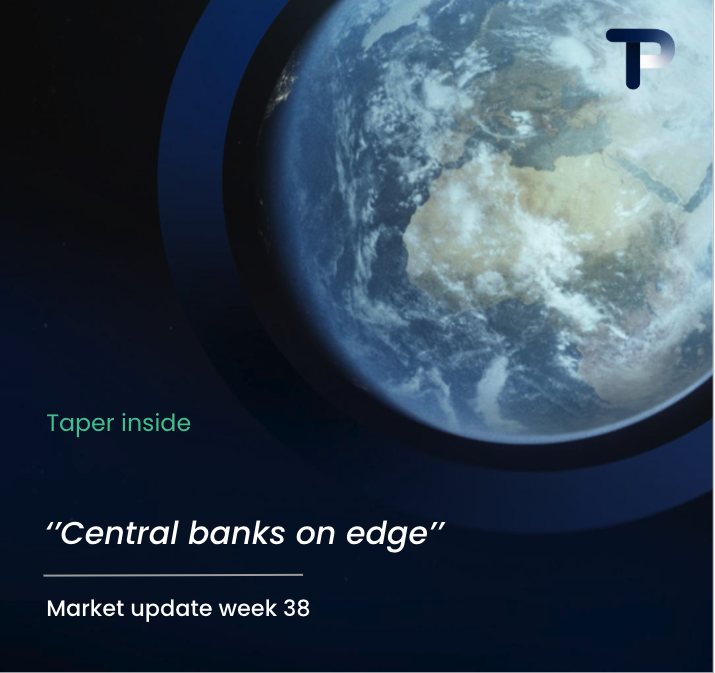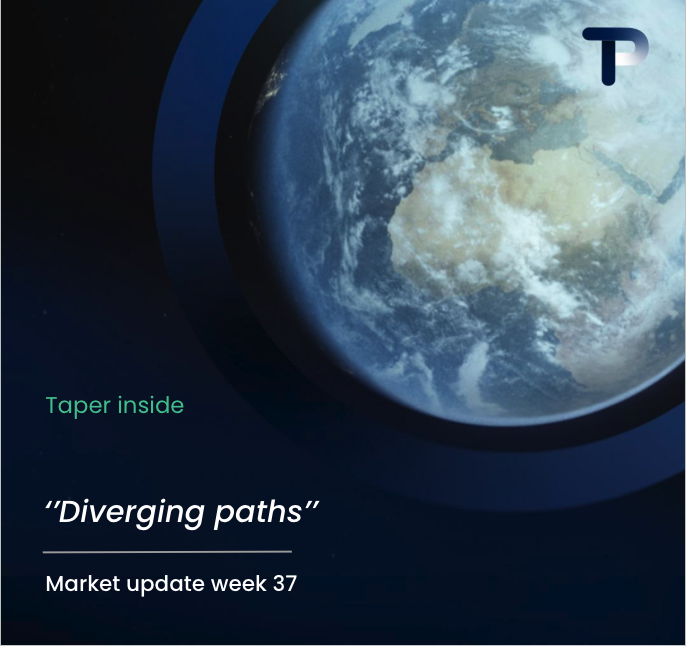Looking for your IBAN number to make international payments? You’re not alone. The International Bank Account Number (IBAN) is a standardised code that helps identify bank accounts across borders, ensuring your money reaches its destination correctly. Finding your IBAN is typically straightforward—check your online banking dashboard, bank statements, or account documents. Most banks display it prominently in the account details section. If you can’t locate it there, contact your bank’s customer service or use their mobile app. For businesses handling multiple international transactions, having easy access to your IBANs is essential for smooth global operations.
What is an IBAN number and why is it important?
An IBAN (International Bank Account Number) is a standardised international numbering system developed to identify bank accounts across national borders. Unlike regular account numbers, IBANs follow a specific structure that includes a country code, check digits, and bank account details—all combined into one string of characters.
The format typically begins with a two-letter country code (like GB for Great Britain or NL for Netherlands), followed by two check digits, and then a combination of letters and numbers specific to your bank and account. The length varies by country, ranging from 15 to 34 characters.
IBANs are vital for several reasons:
- They ensure accurate routing of international payments
- They reduce transaction errors and payment rejections
- They speed up processing times for cross-border transfers
- They help comply with international banking standards
For businesses engaged in global trade, using the correct IBAN is non-negotiable. When you provide an incorrect or incomplete IBAN, your payment may be delayed, returned, or even lost—costing you time, money, and potentially damaging business relationships.
Common locations to find your IBAN number
Finding your IBAN doesn’t need to be complicated. Here are the most common places to look:
- Online banking platform – Log into your account and navigate to the account details or account information section. Most banks display the IBAN prominently on the main account overview page or under account details.
- Bank statements – Check your monthly or quarterly statements, where the IBAN is typically printed along with other account information.
- Mobile banking apps – Similar to online banking, most banking apps display your IBAN in the account information section.
- Account opening documents – The welcome pack or account documentation you received when opening your account should contain your IBAN.
- Debit or credit card documents – Sometimes, the paperwork that comes with your payment cards includes your IBAN.
- In-branch assistance – If you can’t find your IBAN through other methods, visiting your local branch or calling customer service will get you this information.
Remember that your IBAN is not sensitive information in the same way as your PIN or password. It’s designed to be shared when you need to receive money.
How to find IBAN numbers for different banks
Different banking institutions display IBAN information in slightly different locations within their digital banking platforms. Here’s how to navigate some of the common banking interfaces:
| Bank Type | Where to Find Your IBAN |
|---|---|
| Traditional Banks | Usually under “Account Information,” “Account Details,” or “Account Overview” section after logging in |
| Digital/Neo Banks | Often in the main account screen or under “Bank Details” section; some have a dedicated “Copy IBAN” button |
| Business Banking Platforms | Typically under “Account Management” or “Payment Settings” sections |
For specific banks:
- Dutch banks (ABN AMRO, ING, Rabobank) – Your IBAN is typically shown at the top of your account overview page after logging in
- UK banks – Often under “Account details” or “Payment information” tabs
- German banks – Usually labeled as “IBAN” under the “My Accounts” section
- Digital banks (N26, Revolut, etc.) – Typically shown prominently on the main screen or accessible via a “Share details” option
If your bank’s interface has recently changed, try searching for “IBAN” in the help or search function of your online banking platform.
Troubleshooting missing or invalid IBAN issues
Occasionally, you might encounter challenges when trying to locate or verify your IBAN. Here are some common issues and their solutions:
- Missing IBAN – If you can’t find your IBAN in the usual places, contact your bank’s customer service directly. They can provide it immediately.
- Format validation errors – When sharing your IBAN, make sure to include all characters without spaces or additional symbols, unless specifically requested otherwise by the payment system you’re using.
- Country code confusion – Ensure you’re using the correct IBAN that begins with the appropriate country code for your account’s country of origin, not your current location.
- Recently opened accounts – New accounts might take a short time before an IBAN is assigned and visible in your online banking.
- Legacy accounts – Some older accounts might require conversion to be IBAN-compatible. Your bank can assist with this process.
When verifying an IBAN, remember that each country has a specific IBAN length and format. If you’re unsure whether an IBAN is valid, many banks offer IBAN validation tools on their websites, or you can use trusted online IBAN validators.
Managing multiple IBANs for international business
For businesses operating globally, managing multiple IBAN accounts across different currencies can become complex. Here are effective strategies to stay organised:
- Create a centralised database or spreadsheet of all your IBANs, clearly labeled by currency, purpose, and entity
- Implement a digital banking platform that allows you to view and manage all accounts in one interface
- Set up clear naming conventions for different accounts to easily identify their purpose
- Regularly audit your IBAN list to ensure all information remains current
- Consider using multi-currency IBAN solutions that simplify management
Multi-currency IBAN accounts are particularly valuable for international businesses. These allow you to hold and manage multiple currencies under a single account structure, eliminating the need to open separate foreign bank accounts in each country where you do business.
At TaperPay, we understand the challenges of international banking, which is why we offer multi-currency IBAN accounts that help businesses simplify their global financial operations. Our accounts allow you to receive, hold and make payments in multiple currencies—all under your own company name—making international transactions seamless and reducing the administrative burden of managing multiple banking relationships.
By implementing these strategies and leveraging the right financial tools, you can transform what might otherwise be a complex aspect of international business into a streamlined process that supports your global growth.
Hi there! 👋 I see you're reading about multi-currency IBAN accounts for supply chain payments. Smart choice - these accounts can save businesses 2-4% on every international transaction!
What best describes your current situation with international supplier payments?
Which of these challenges are you currently facing with international payments? (Select all that apply)
What's driving your interest in multi-currency payment solutions? Tell us about your business goals or challenges.
Great! To help us understand your specific needs better, could you share more details about your international payment volume or any particular requirements?
Perfect! Let's connect you with one of our international payments specialists who can show you exactly how Taper's multi-currency IBAN accounts can save you money and streamline your supply chain payments.
Hi there! 👋 I see you're reading about multi-currency IBAN accounts for supply chain payments. Smart choice - these accounts can save businesses 2-4% on every international transaction!
What best describes your current situation with international supplier payments?
Which of these challenges are you currently facing with international payments? (Select all that apply)
What's driving your interest in multi-currency payment solutions? Tell us about your business goals or challenges.
Great! To help us understand your specific needs better, could you share more details about your international payment volume or any particular requirements?
Perfect! Let's connect you with one of our international payments specialists who can show you exactly how Taper's multi-currency IBAN accounts can save you money and streamline your supply chain payments.



